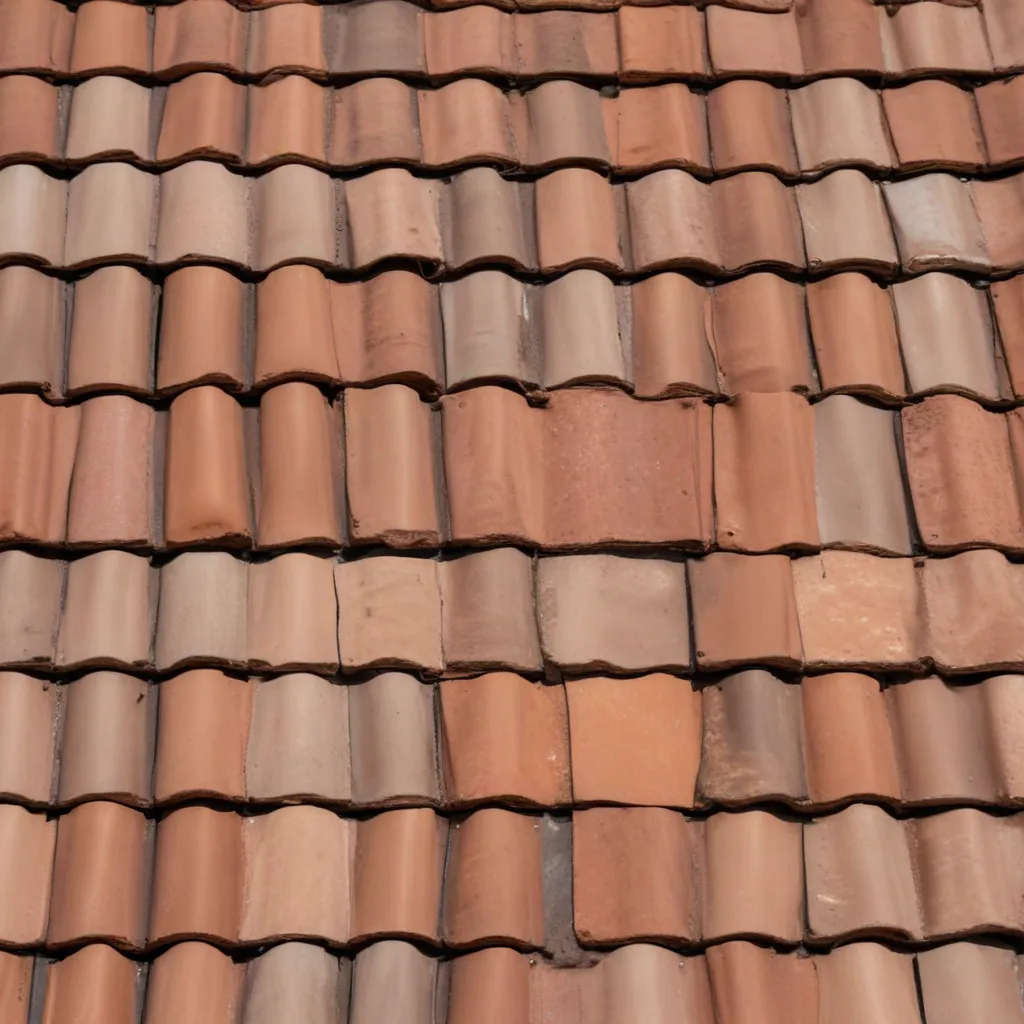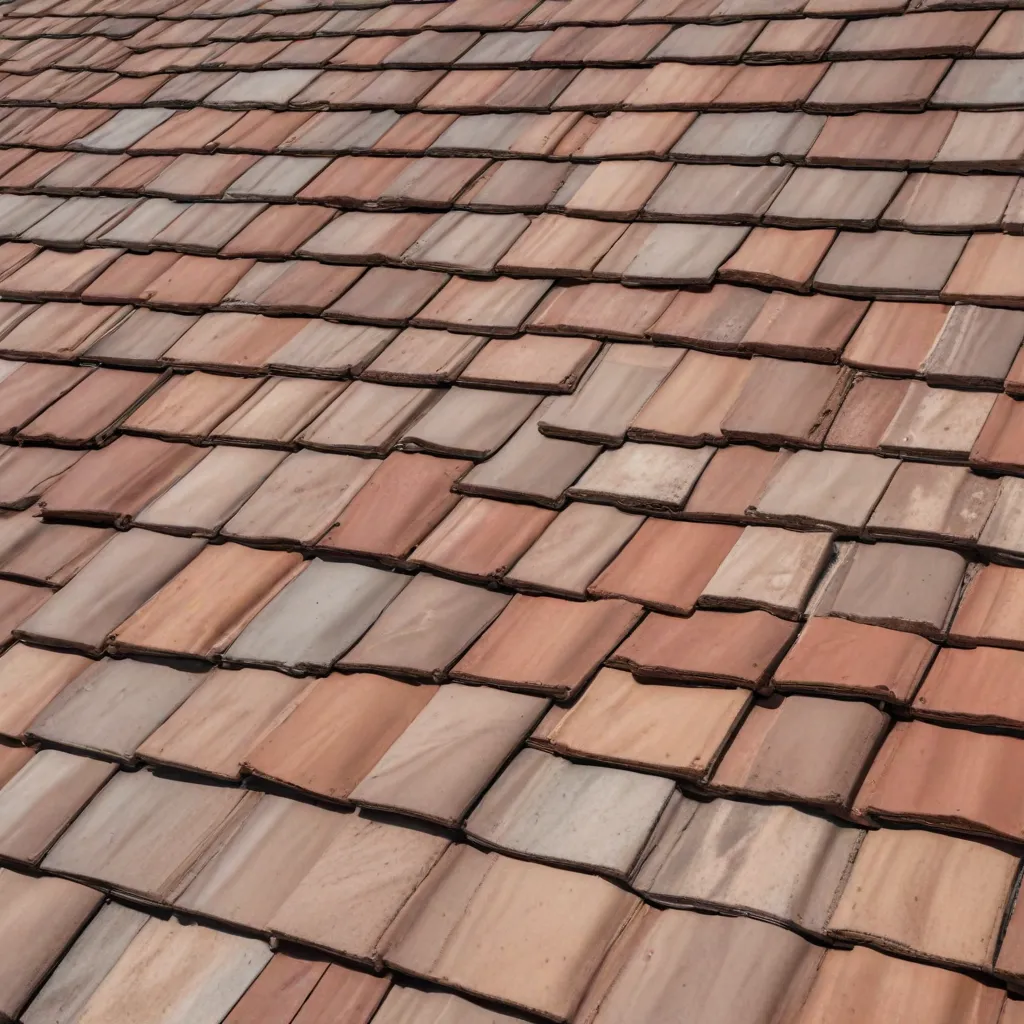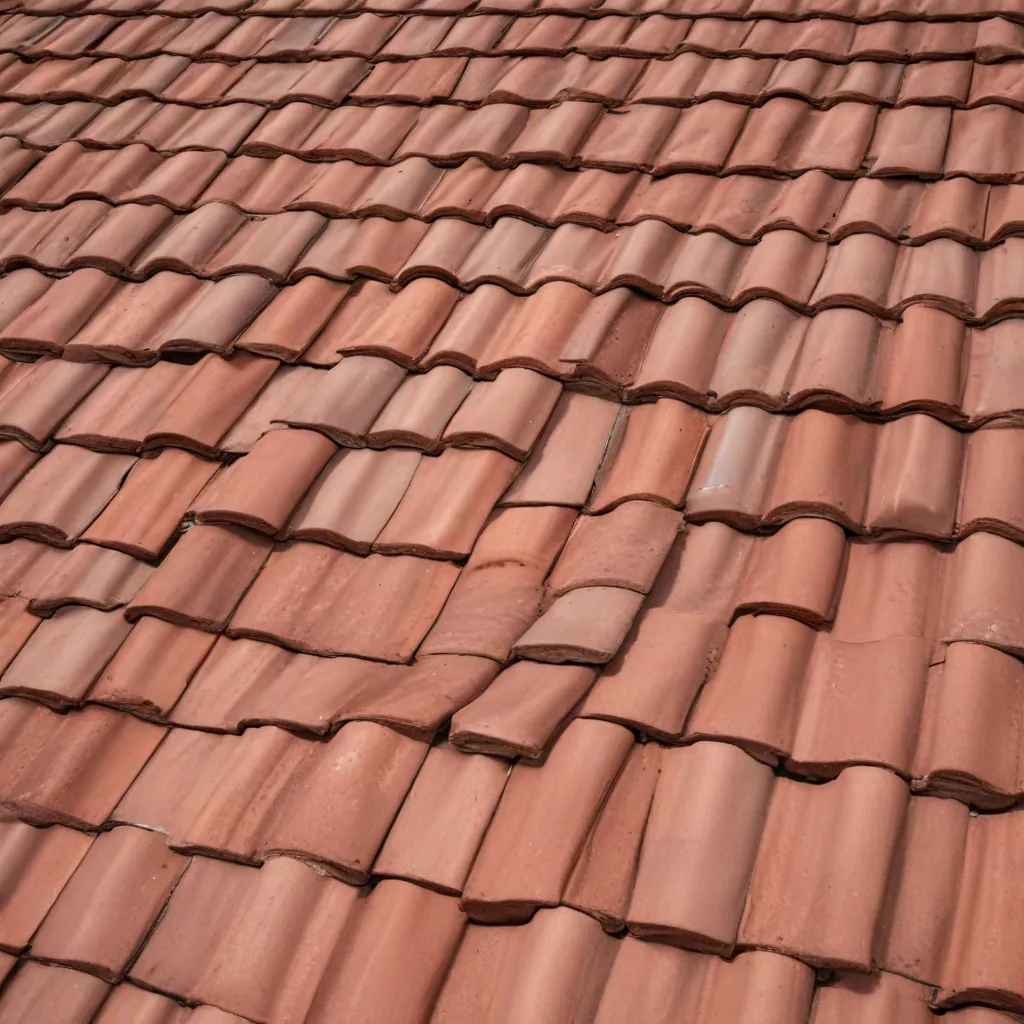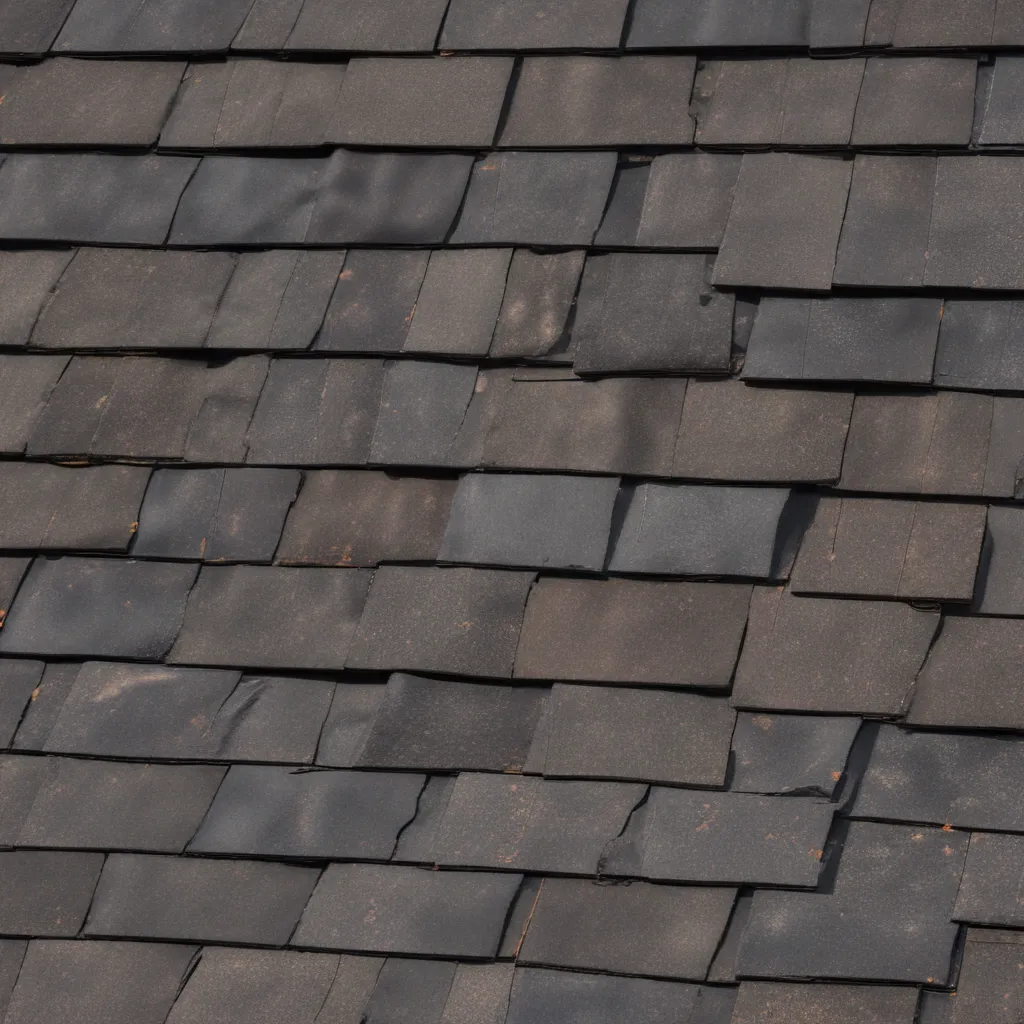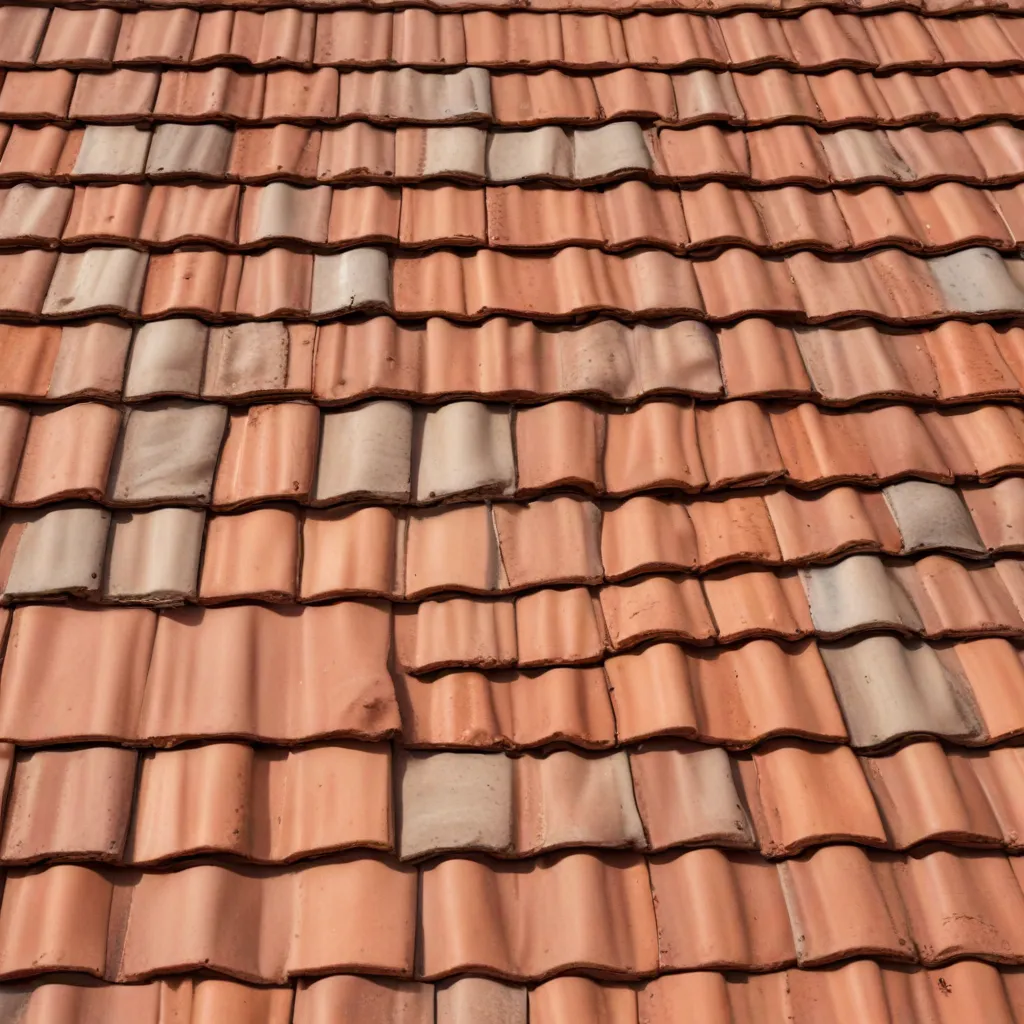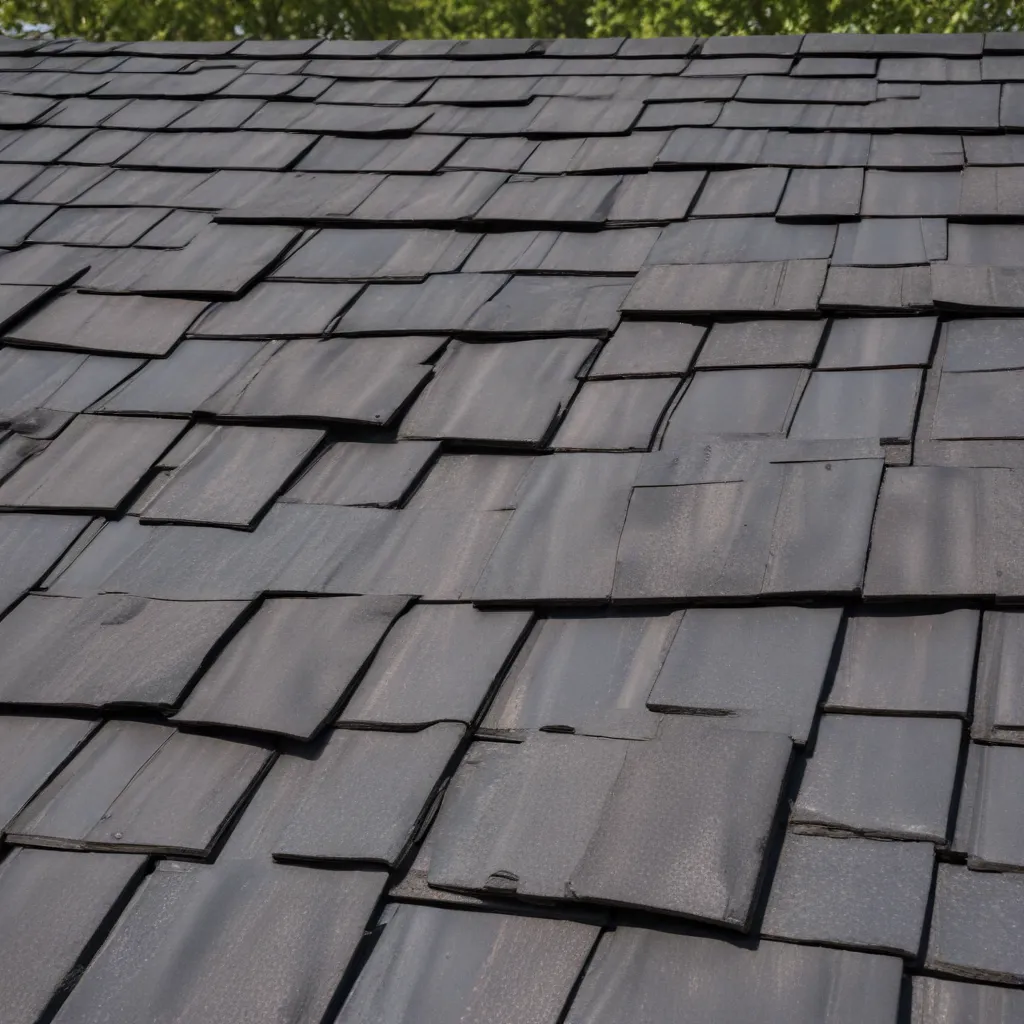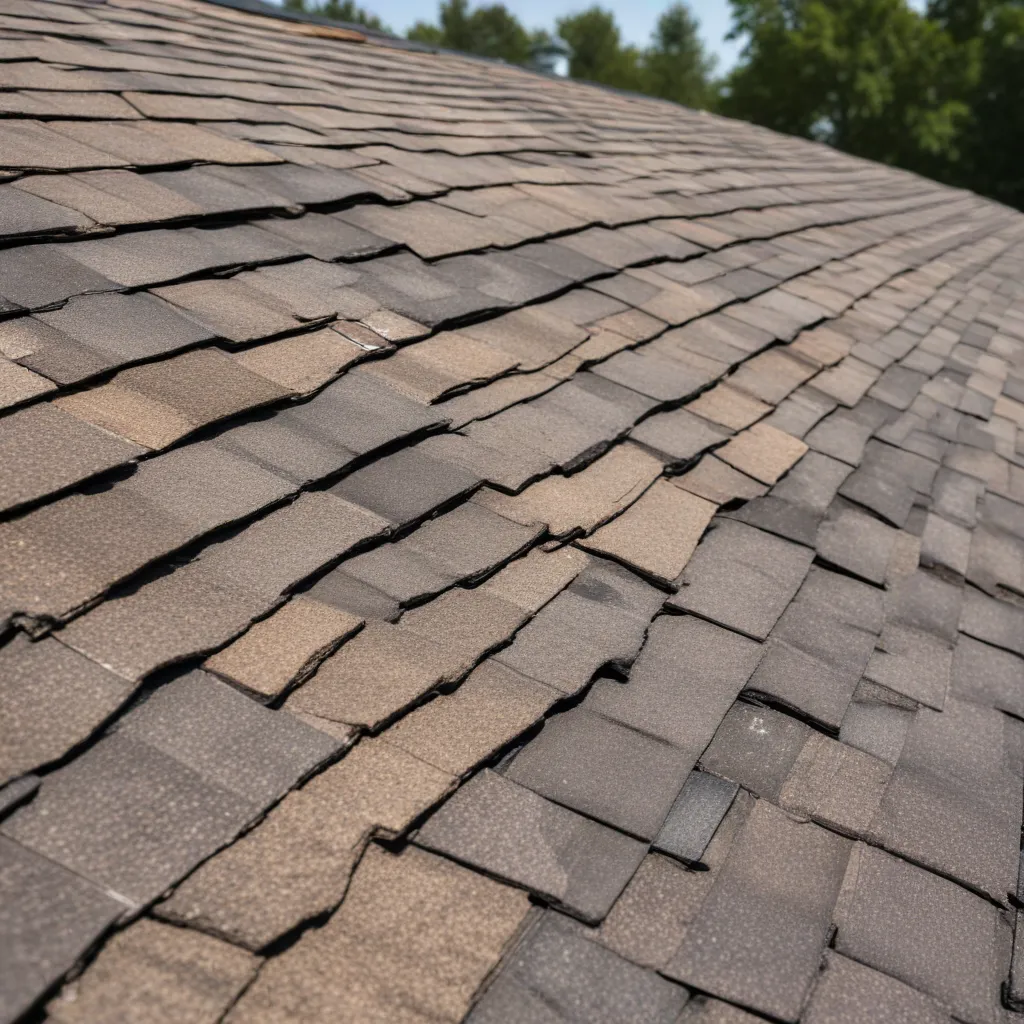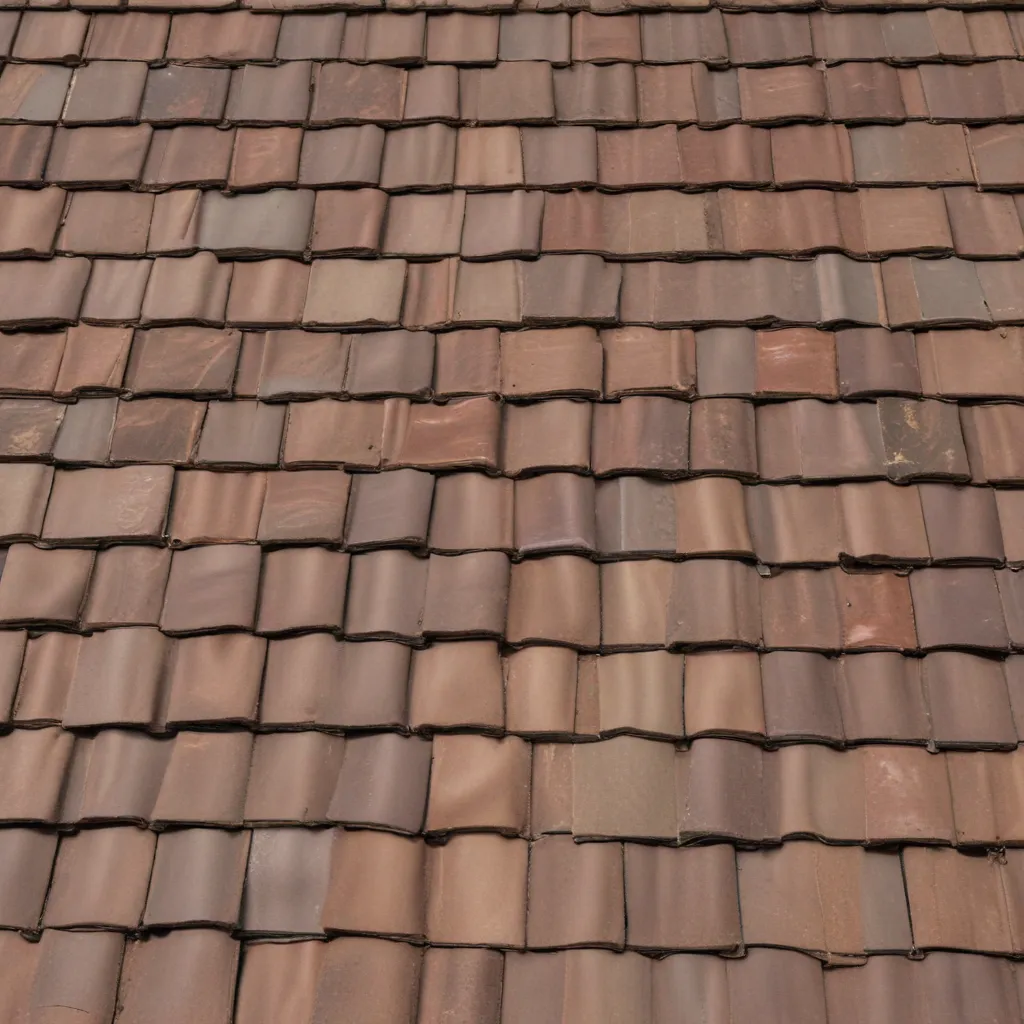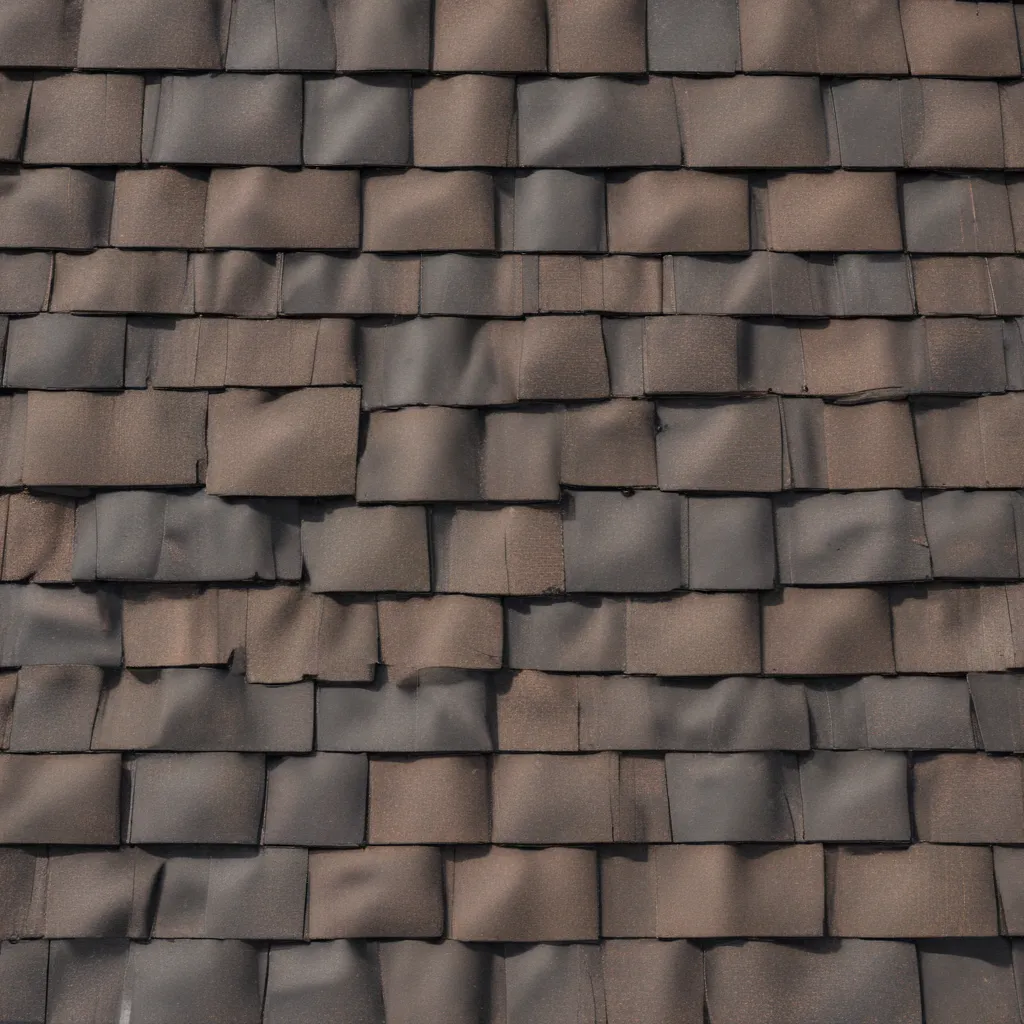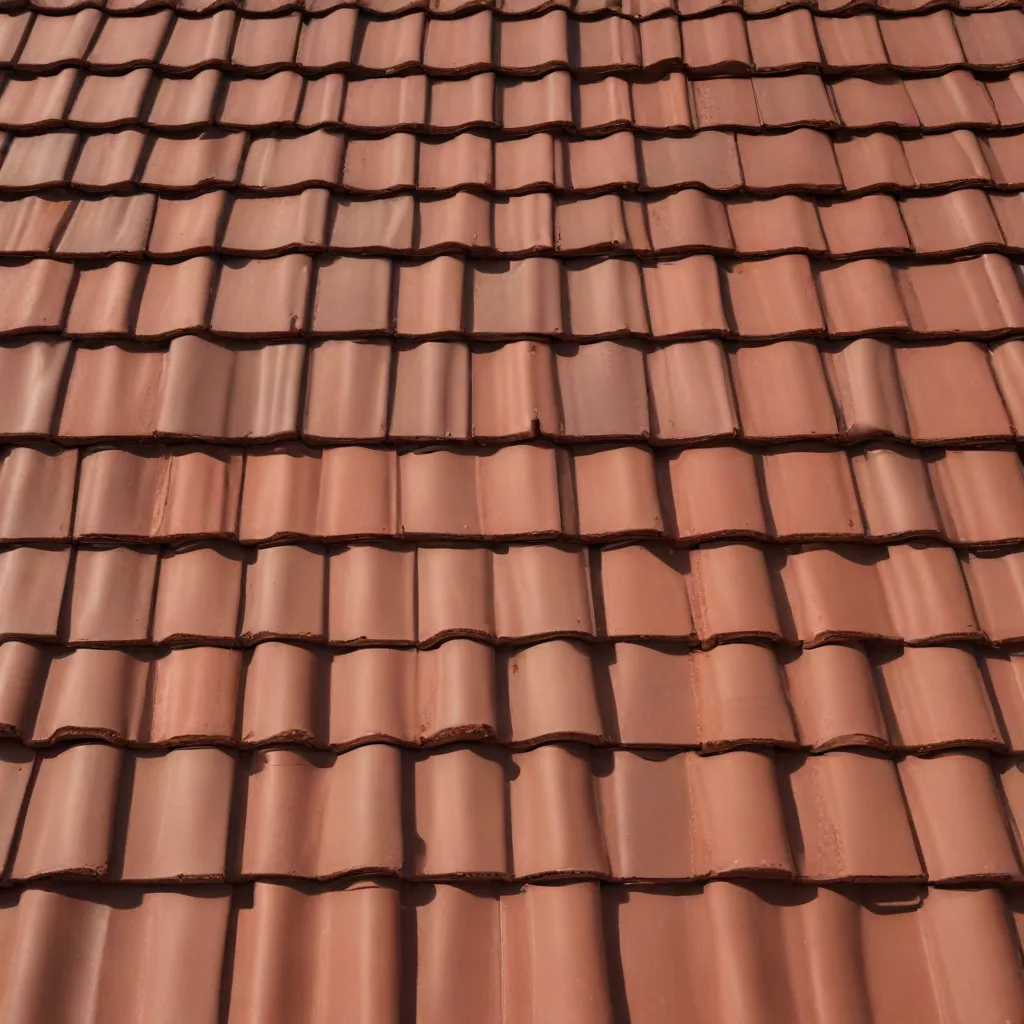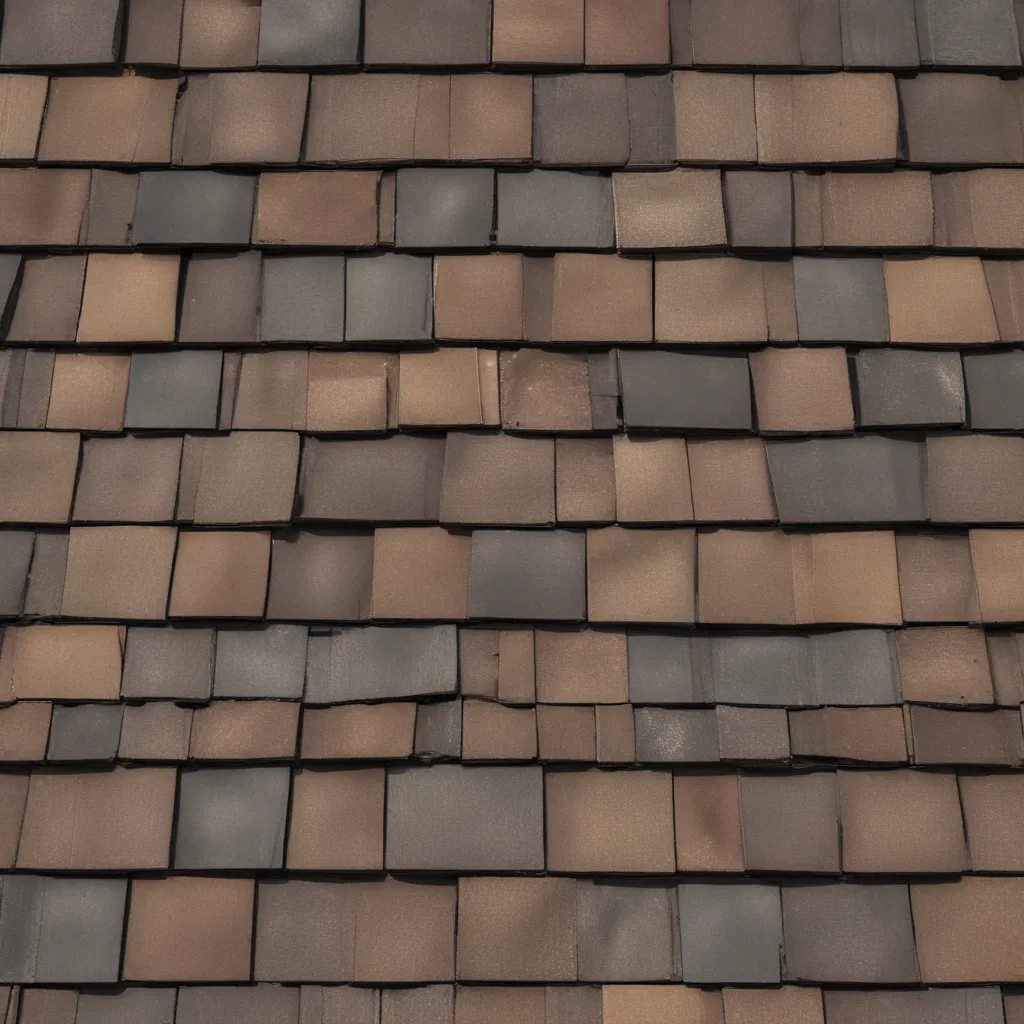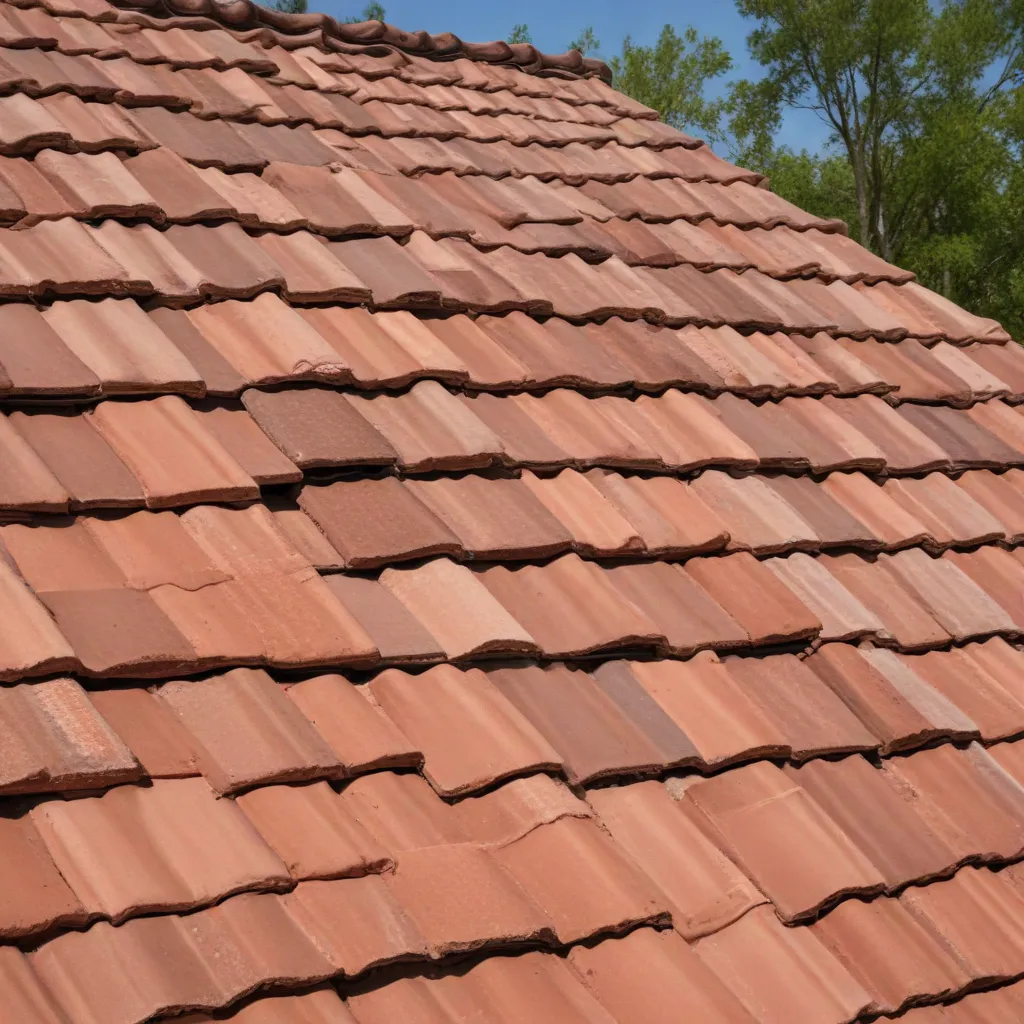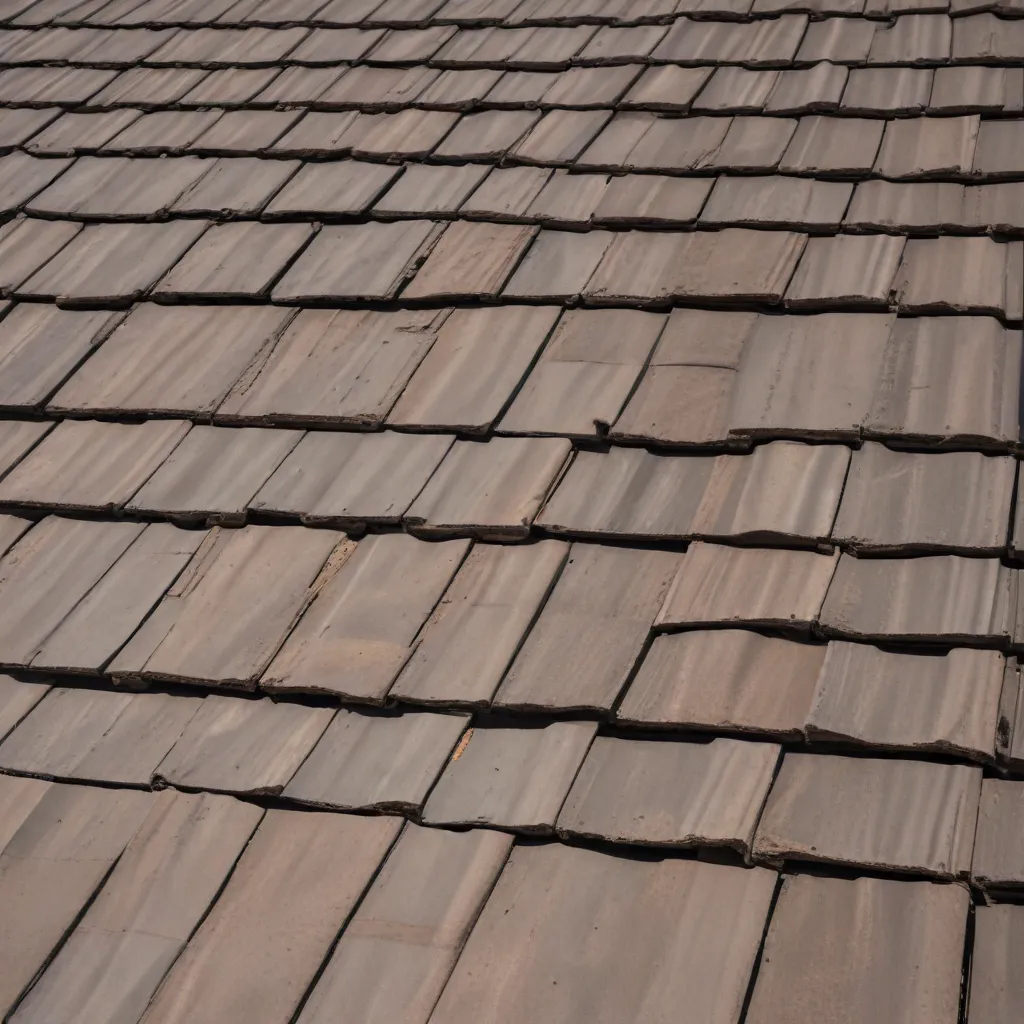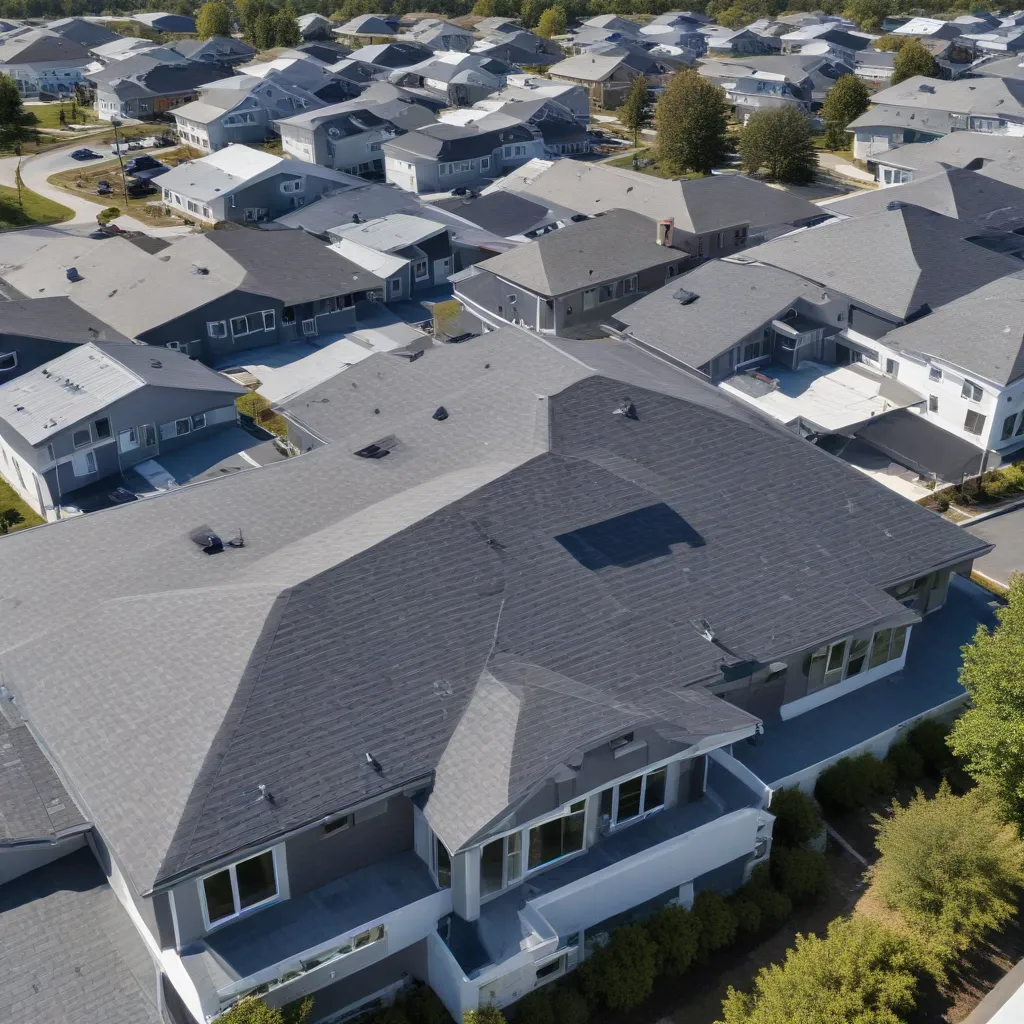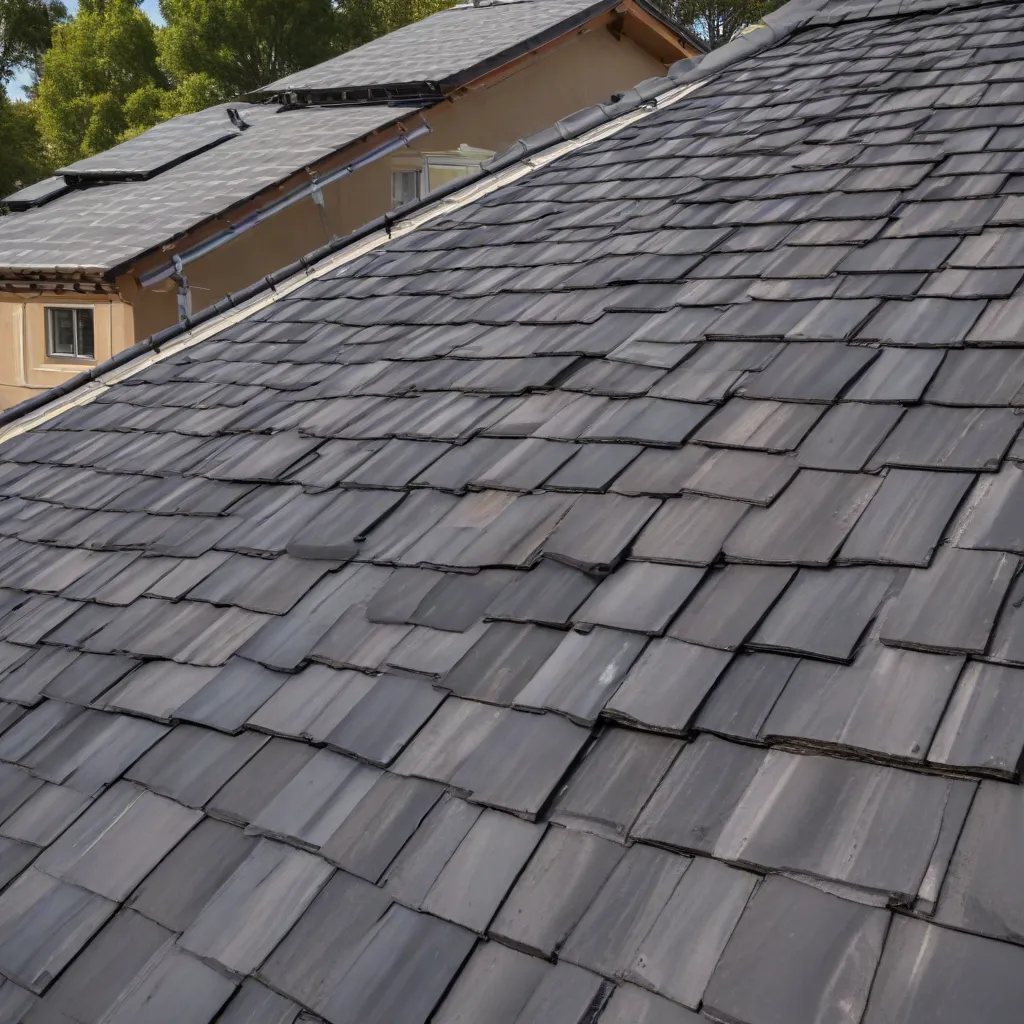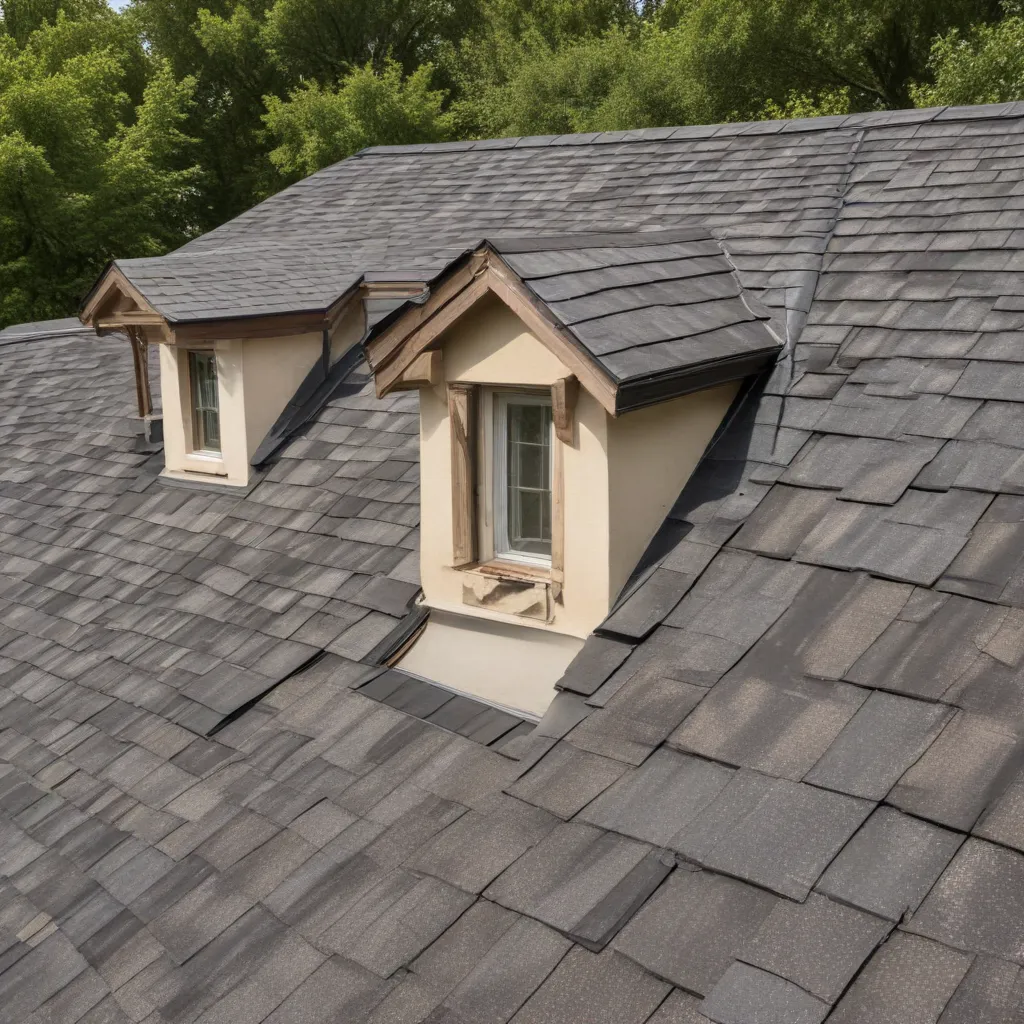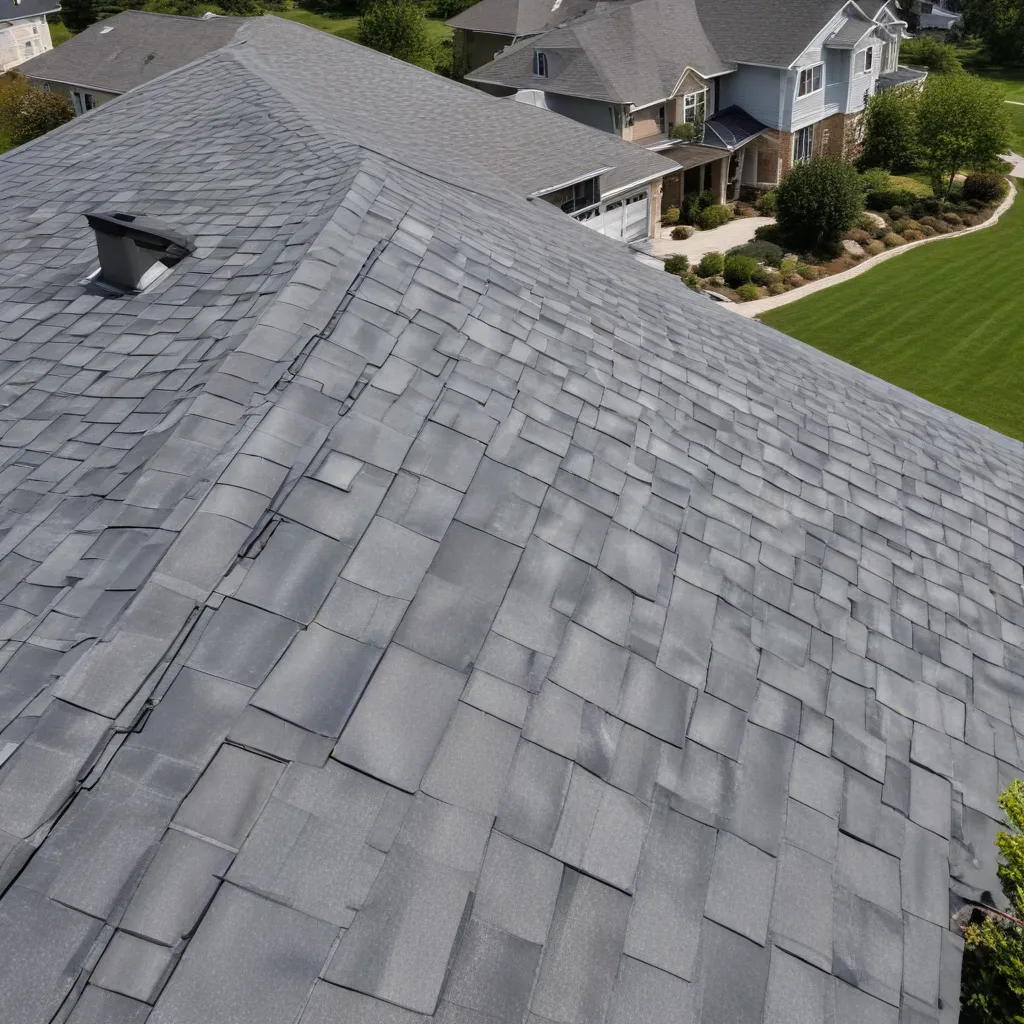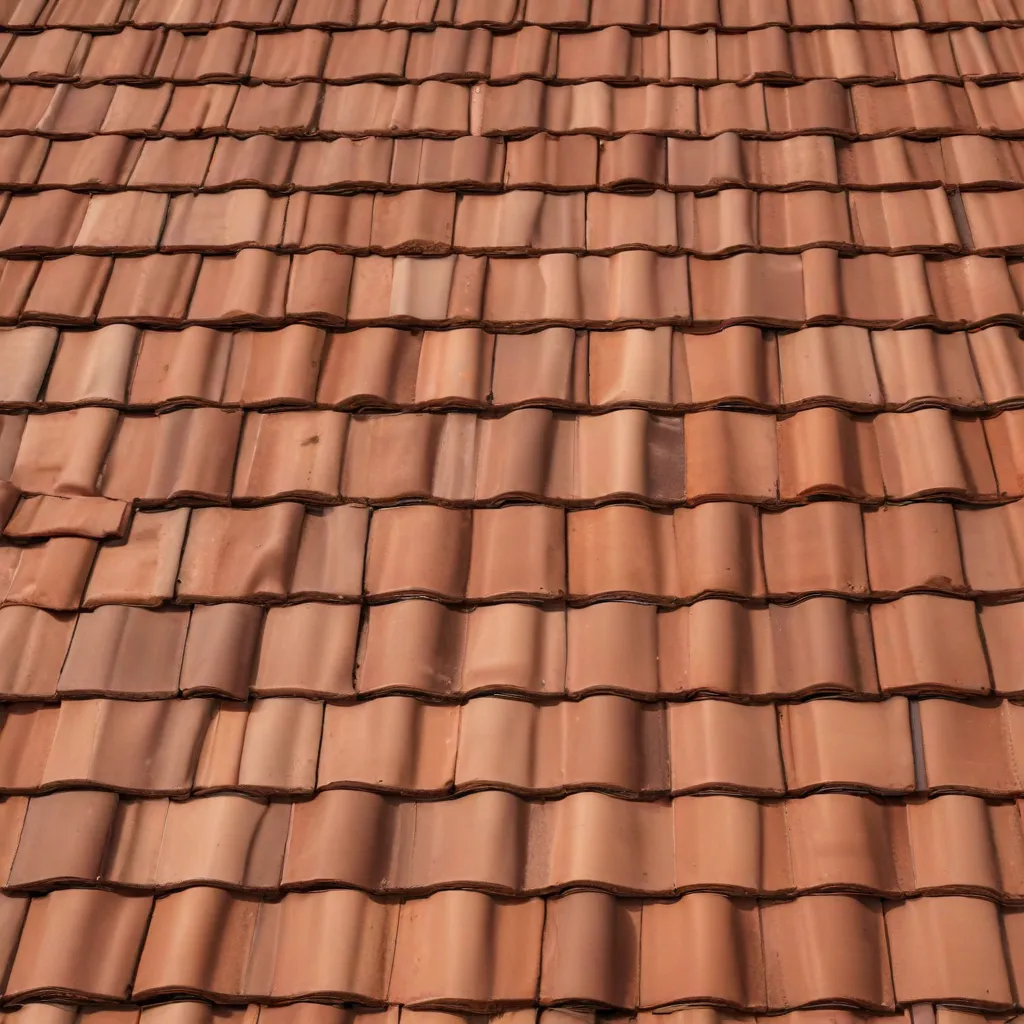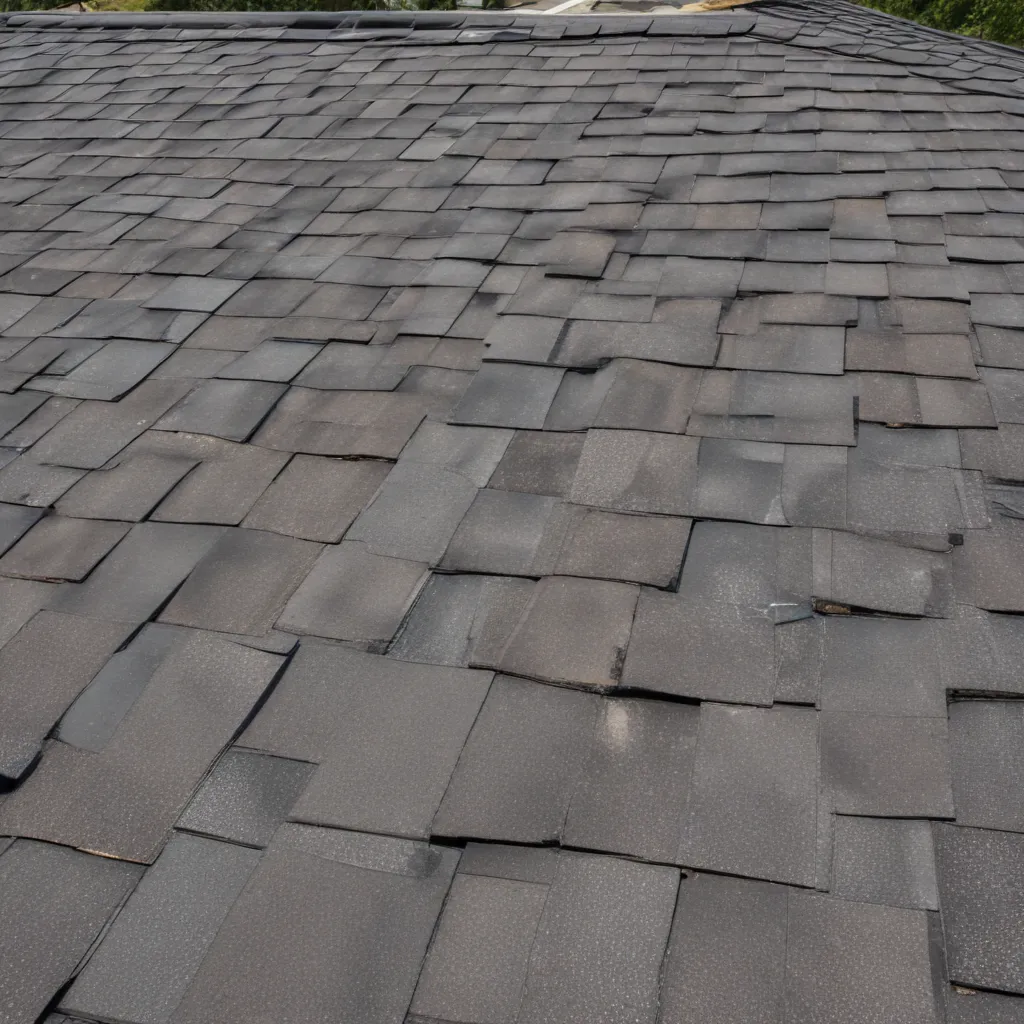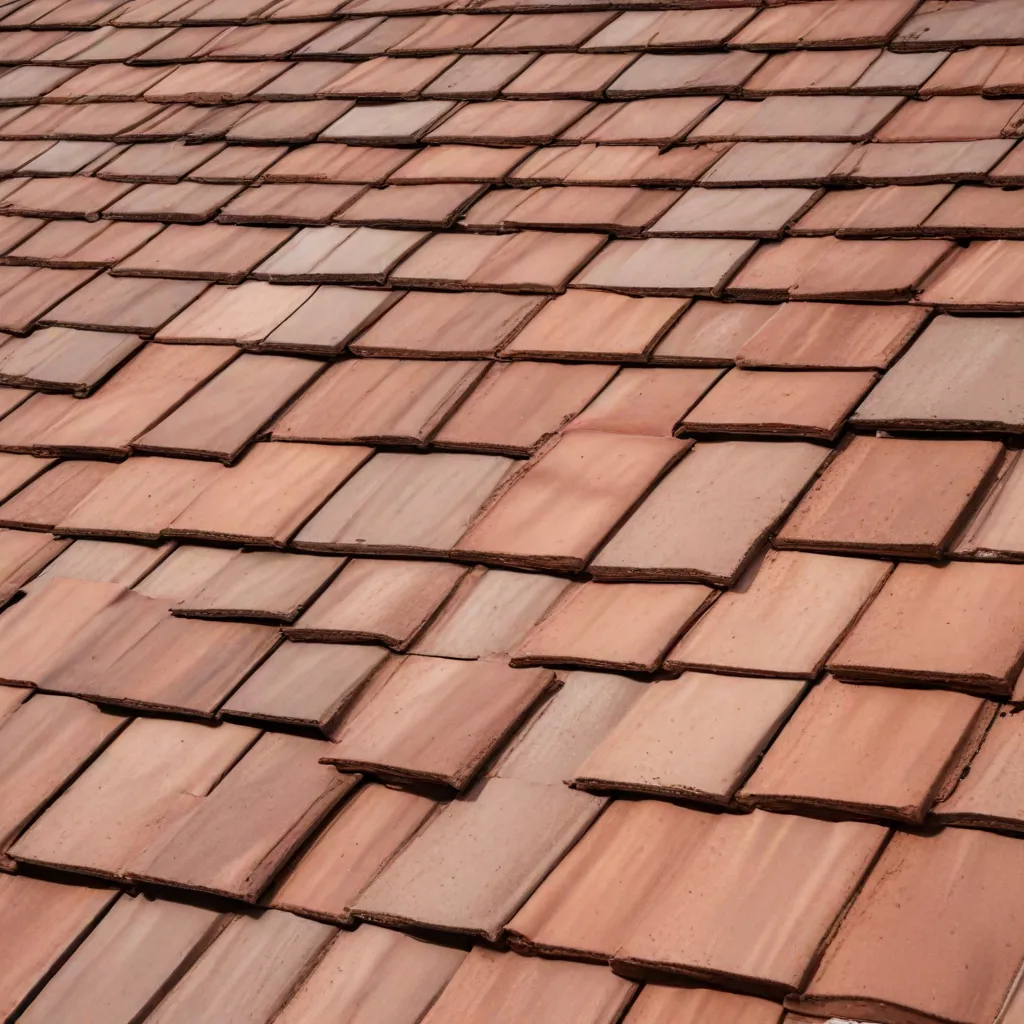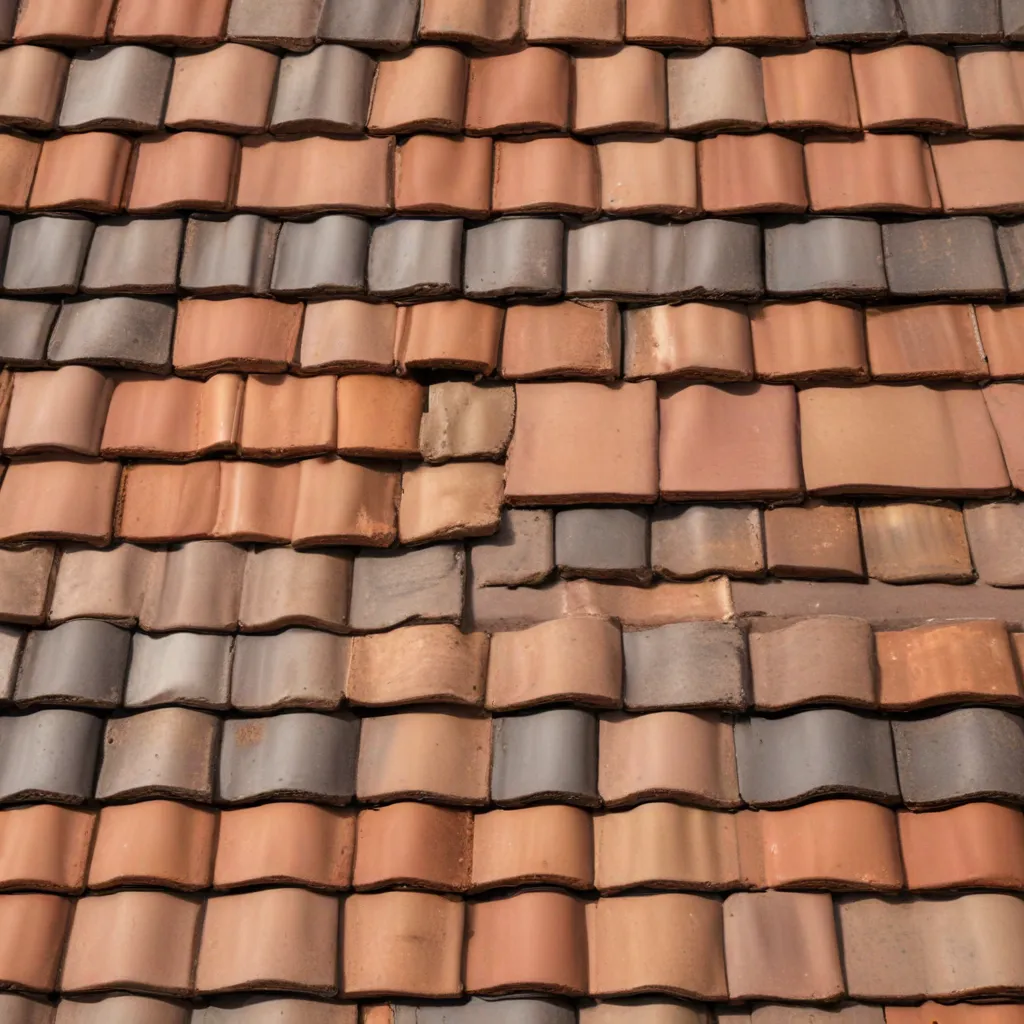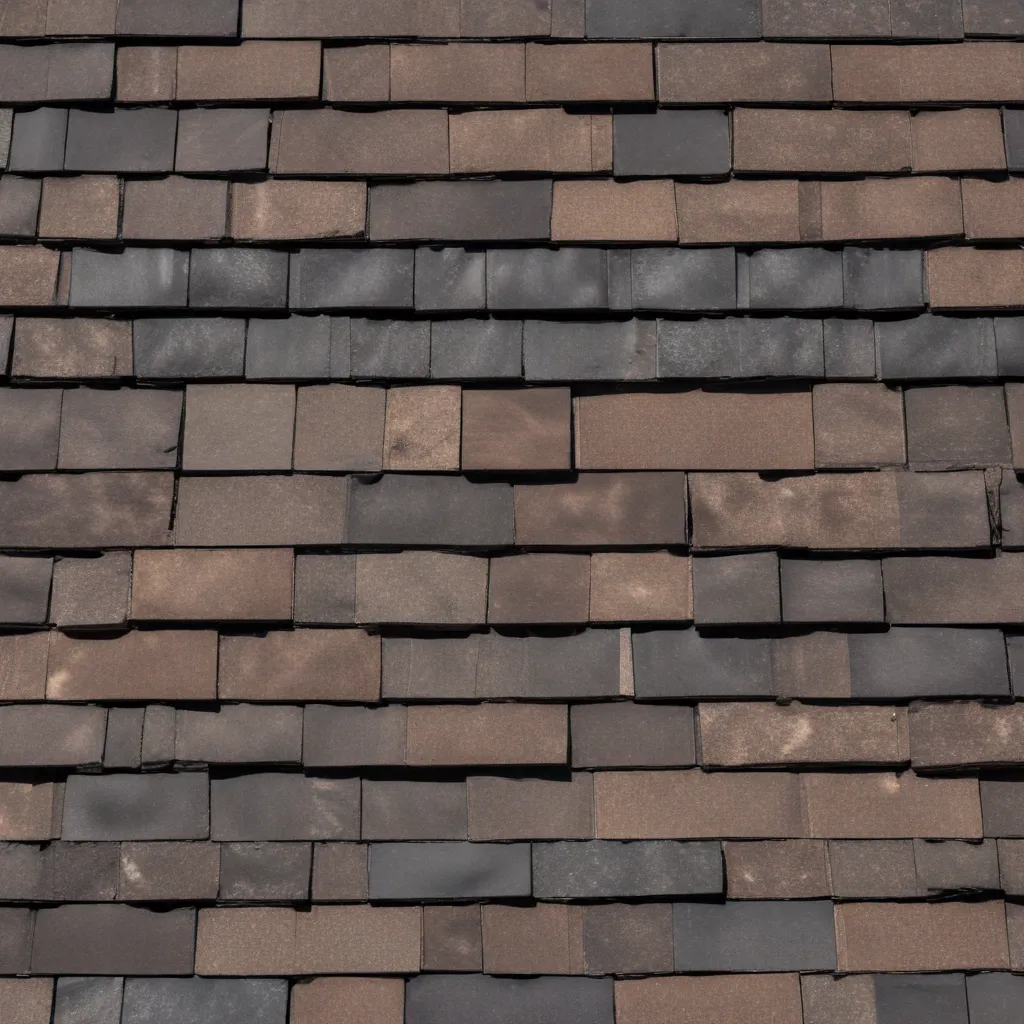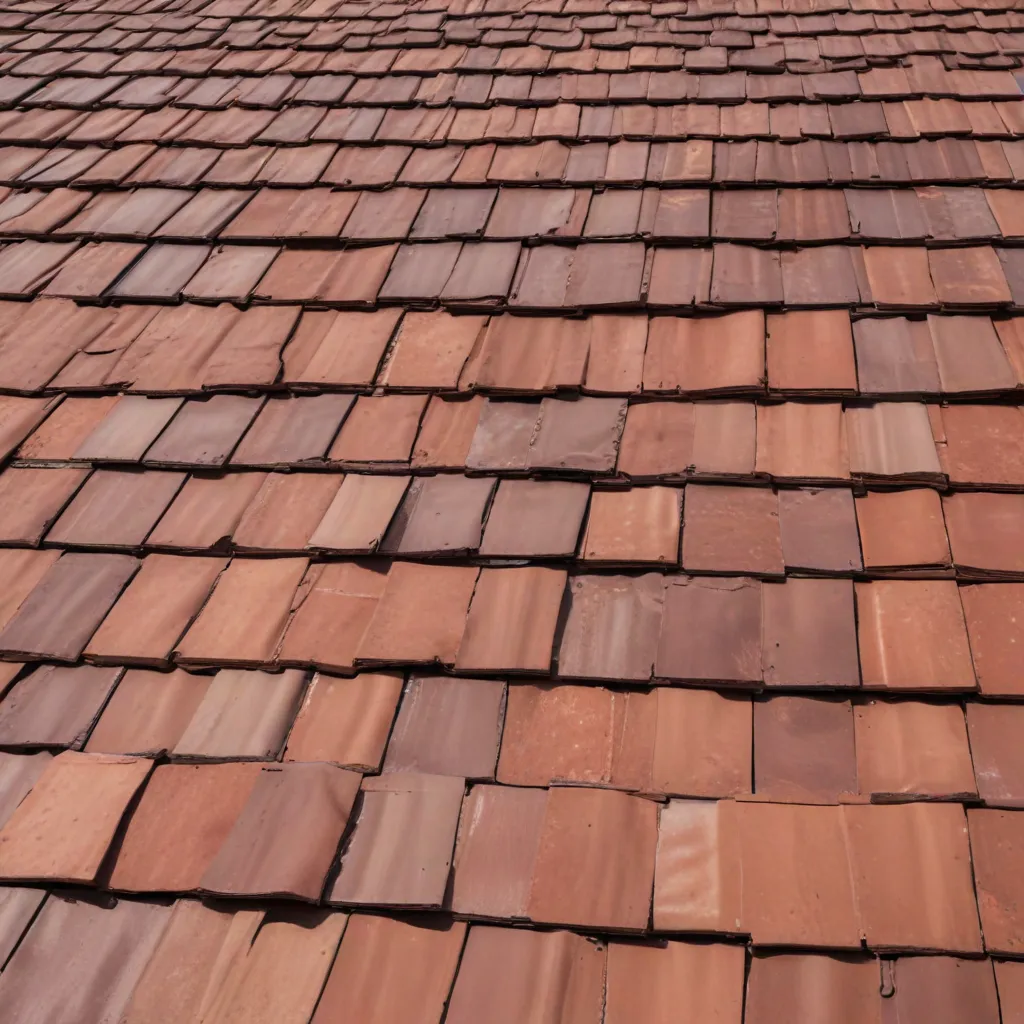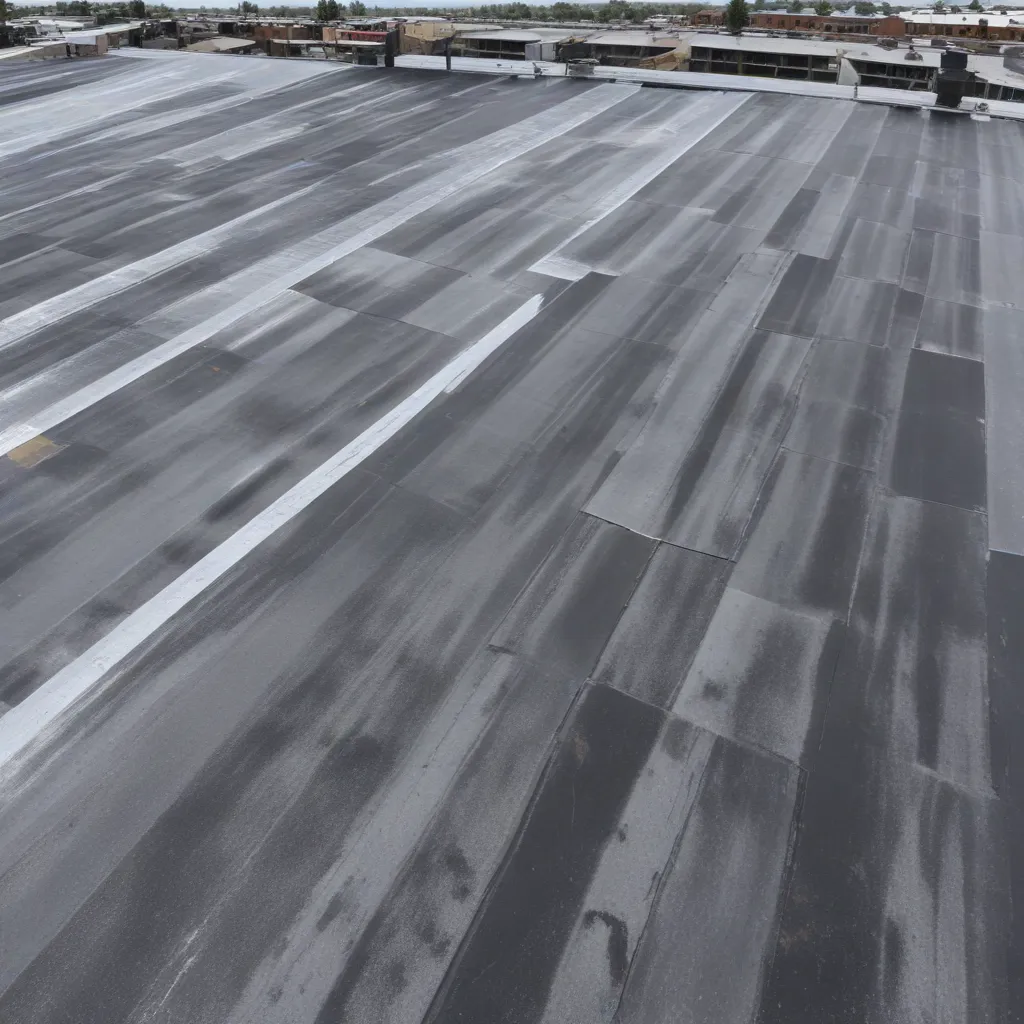
As an experienced roofing specialist writing for Genuine Roof Systems, I understand the critical importance of protecting commercial buildings against the elements, especially in regions plagued by extreme weather. From the blistering heat of the Southwest to the snow-capped peaks of the Rockies, each climate poses unique challenges that can compromise the integrity of your commercial roof.
Flat roofs, which are commonly found on commercial and industrial buildings, face particular vulnerabilities. Without the natural shedding capabilities of a sloped roof, they are susceptible to pooling water, ice dams, and the accumulation of debris. Metal roofs, on the other hand, offer exceptional durability and weather resistance, making them a popular choice for commercial applications in harsh climates.
Regardless of your roofing material, weatherproofing your commercial building is essential to safeguard your investment, ensure the safety of your occupants, and maintain business continuity in the face of extreme weather events. In this comprehensive guide, we’ll explore a range of strategies to fortify your commercial roof against the elements, from innovative materials to proven maintenance practices.
Weatherproofing Strategies for Commercial Roofs
Addressing Temperature Extremes
Roofs in regions with dramatic temperature swings must be designed to withstand the stresses of thermal expansion and contraction. Proper insulation is crucial, not only for energy efficiency but also for moderating these temperature fluctuations. Reflective coatings can further enhance a roof’s ability to mitigate heat absorption during hot periods, while ventilation helps maintain consistent temperatures.
When selecting roofing materials, it’s important to choose components with similar coefficients of thermal expansion to minimize the risk of stress-related damage. Incorporating flexible elements, such as specialized fasteners or expansion joints, can also help accommodate the roof’s natural movement.
Protecting Against Precipitation
Whether your region experiences heavy snowfall, torrential rains, or a combination of both, effective water management is essential. Proper roof slope and strategically placed drains are the foundation of a robust drainage system. Complementing these design elements with gutters, downspouts, and ground-level infrastructure ensures water is efficiently redirected away from the building.
In areas prone to extreme rainfall, secondary drainage systems or overflow scuppers can provide an extra safeguard against unexpected deluges. The use of water-resistant materials and proper sealing techniques at joints and penetrations further enhance the roof’s ability to withstand prolonged moisture exposure.
For regions with heavy snowfall, understanding your roof’s load-bearing capacity is crucial. Proper insulation and ventilation can help prevent the formation of destructive ice dams, while structural reinforcement may be necessary to accommodate the additional weight of accumulated snow. Implementing snow guards can also protect people and property from sudden snow slides.
Fortifying Against High Winds
Ensuring your commercial roof can withstand high-velocity winds is paramount, especially in hurricane-prone regions. The key lies in creating a continuous load path from the roof down to the foundation, securing not only the roofing materials but also reinforcing the underlying structure.
Paying close attention to edge and corner detailing is critical, as these areas experience the highest wind pressures. In some cases, the use of impact-resistant materials may be necessary to protect against wind-borne debris.
Regular inspections and maintenance are vital to identify and address potential vulnerabilities before they’re exposed to extreme wind events. By staying proactive, you can safeguard your commercial roof and the safety of your building’s occupants.
Hail Protection
Hail presents a significant threat to roof integrity, particularly in regions prone to severe thunderstorms. Selecting materials that can withstand high-impact forces without compromising their protective qualities is the first line of defense. However, a comprehensive approach goes beyond material selection.
Regularly inspecting your roof to identify vulnerable areas and reinforcing weak points, as well as protecting roof-mounted equipment, can significantly reduce the risk of severe hail-related damage. Understanding your local hail patterns and severity can help inform decision-making about the appropriate level of protection needed.
Roof Materials and Systems
Membrane Roofing Systems
Membrane roofing systems, such as EPDM (ethylene propylene diene terpolymer), PVC (polyvinyl chloride), and TPO (thermoplastic polyolefin), are well-suited for commercial applications in harsh climates. These materials offer exceptional weatherproofing capabilities, with the ability to withstand prolonged exposure to UV radiation, extreme temperatures, and moisture.
The seamless nature of membrane roofs reduces the risk of leaks, while their inherent flexibility allows them to accommodate the natural movement of the building. Many membrane systems also feature energy-efficient properties, helping to lower cooling costs in hot climates.
Insulation Options
Proper insulation is a critical component of any weatherproof commercial roof. Rigid foam insulation, such as polyisocyanurate (polyiso) or expanded polystyrene (EPS), provide excellent thermal performance and can be tailored to meet the specific needs of your climate.
For regions with high humidity or moisture concerns, spray foam insulation can create an effective air and vapor barrier, preventing the formation of condensation. Mineral wool insulation, on the other hand, offers superior fire resistance and can enhance a roof’s ability to withstand extreme temperatures.
Metal Roofing Systems
Metal roofing systems are renowned for their durability and weather resistance, making them a popular choice for commercial buildings in harsh climates. Standing seam metal roofs , in particular, are known for their exceptional wind and impact resistance, as well as their ability to shed snow and ice effectively.
When properly designed and installed, metal roofs can withstand the rigors of extreme temperatures, heavy precipitation, and high winds. Careful consideration of factors like slope, fastener systems, and thermal expansion is crucial to ensure the long-term performance of a metal roof in challenging environments.
Maintenance and Inspection
Proactive maintenance and regular inspections are the cornerstones of a weatherproof commercial roof. Periodic cleaning to remove debris, addressing any damaged areas, and ensuring proper sealants and flashings are in place can significantly extend the lifespan of your roofing system.
It’s also important to monitor your roof’s performance and plan for eventual replacement. Factors like UV exposure, freeze-thaw cycles, and accumulated wear and tear can all contribute to the gradual degradation of roofing materials over time. By staying vigilant and making timely repairs or replacements, you can maximize the return on your commercial roofing investment.
Conclusion
In an era of increasingly unpredictable weather patterns, protecting your commercial roof has never been more critical. By implementing the weatherproofing strategies outlined in this article, you can safeguard your building, ensure the safety of your occupants, and maintain business continuity in the face of harsh climate conditions.
Remember, a comprehensive approach to commercial roof weatherproofing involves carefully selecting materials, optimizing design, and diligently maintaining your roofing system. Stay proactive, leverage the latest roofing technologies, and work with experienced professionals to ensure your commercial building remains resilient for years to come.
For more information on Genuine Roof Systems’ high-performance roofing solutions, visit www.genuineroofsystems.com.

